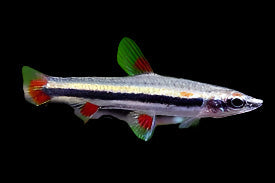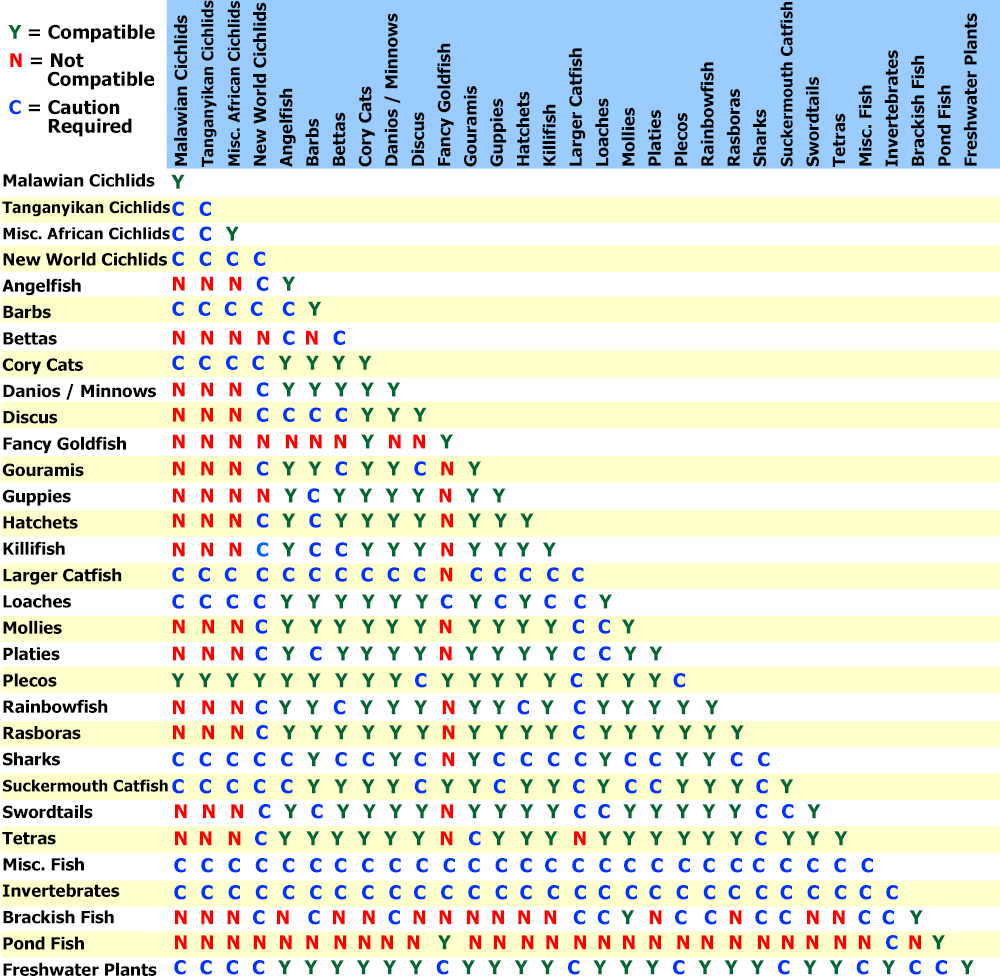Description
Three-Lined Pencilfish – A Delicate and Elegant Addition to Your Aquarium
(Nannostomus unifasciatus)
The Three-Lined Pencilfish (Nannostomus unifasciatus) is a peaceful and strikingly beautiful species that brings elegance and color to any freshwater tank. Known for its slender, pencil-like body and distinctive three black lines running across its body, this fish is a wonderful choice for aquarists who enjoy smaller, non-aggressive species. Native to South America, the Three-Lined Pencilfish is a delight to watch, especially as it swims in small schools, darting through the water with grace and precision.
Key Features:
-
Elegant Appearance: Long, slender body with three black vertical stripes running along its body
-
Small Size: Reaches a maximum size of about 4 cm (1.5 inches), making it an excellent choice for nano and small community tanks
-
Active and Peaceful: Known for its peaceful nature and schooling behavior, best kept in groups of 6 or more
-
Colorful: Features a yellow-orange hue around the belly, making it a lovely contrast to the dark stripes
-
Hardy and Adaptable: Well-suited for a variety of water conditions, as long as the water parameters are stable
Tank Requirements:
-
Minimum tank size: 40 liters (10 gallons) for a small group
-
Temperature: 24°C–28°C (75°F–82°F)
-
pH: 6.0–7.5 (slightly acidic to neutral)
-
Prefers soft to medium substrate like fine gravel or sand, and a well-planted tank with some open swimming space
-
Moderate filtration and gentle water flow will mimic its natural slow-moving river habitats
-
Provides plenty of hiding spots through plants, driftwood, or rocks to give the fish a sense of security
Compatibility:
-
Schooling Species: Best kept in groups of at least 6 individuals, as they feel safer and more comfortable in larger groups
-
Ideal tankmates include small, peaceful fish like tetras, rasboras, guppies, and small Corydoras catfish
-
Avoid keeping with larger or aggressive species, as the Pencilfish may be intimidated by such tankmates
-
Can be kept with shrimp, but be cautious with very small or delicate shrimp species, as the Pencilfish may nip at them if not properly fed
Feeding Tips:
-
Omnivorous—feeds on a variety of small foods, both live and frozen
-
Enjoys a diet of brine shrimp, daphnia, and small worms like bloodworms
-
Will also accept high-quality flakes and micro-pellets, especially those designed for small fish
-
Feed 2–3 times a day in small portions, ensuring that the fish are not overfed and the water remains clean
-
Occasionally supplement with finely chopped vegetables or blanched greens like spinach
Why Choose the Three-Lined Pencilfish?
The Three-Lined Pencilfish is a fantastic choice for aquarists seeking a small, peaceful, and elegant fish that adds a dash of color and charm to their aquarium. Its schooling behavior, peaceful nature, and attractive appearance make it a perfect addition to community tanks. Whether you're a beginner or an experienced hobbyist, this delightful fish is sure to captivate you and your visitors alike.
Click & Collect
Livestock will only be bagged once you arrive, or if you contact us in advance to request it ready beforehand.
Local Delivery
Order anything from our in-store range and have it delivered right to you.
-
Minimum spend: £50
-
Delivery up to 10 miles: £10
-
Delivery up to 25 miles: £20
Distances are measured “as the crow flies”, not by road.
Once your order is placed, we’ll be in touch to arrange a suitable delivery date and time.
Please note, delivery may take a little longer as we often group orders together to build an efficient delivery run.
Important: If you’re ordering a large aquarium, please ensure someone is available to help unload the van on arrival.
Dry Goods Delivery
-
DX Express: 1 working day, same-day dispatch before noon 0-75kg
-
Express Pallet: 1–3 working days 75-500kg
If you'd like to add more items to an existing order that hasn't yet been dispatched, please place a Click & Collect order and leave a note asking us to combine the orders.
Please note: We currently only dispatch parcels Wednesday to Friday.
Pre-Order
Want the full details? Check out our Terms & Conditions.
Livestock Delivery
Thursday Delivery – £24
-
Dispatched Wednesday afternoon
-
Delivered Thursday before 1pm
-
Order by Wednesday 12 noon
-
Minimum spend: £50
Friday Delivery – £24
-
Dispatched Thursday afternoon
-
Delivered Friday before 1pm
-
Order by Thursday 12 noon
-
Minimum spend: £50
Saturday Delivery – £29
-
Dispatched Friday afternoon
-
Delivered Saturday before 1pm
-
Order by Friday 12 noon
-
Minimum spend: £50
📦 Want to Add to an Existing Order?
No problem! Just place a Click & Collect order and leave a note asking us to link it with your original one (as long as it hasn’t been dispatched yet).
🛒 Dry Goods Now Included!
You can now include dry goods in your livestock delivery – perfect for topping up supplies in one go.
❄️ Please note: We can’t send frozen food with livestock – please order frozen items separately.
⚠️ Delivery Exclusions
Unfortunately, we’re unable to deliver livestock to the following postcodes:
Scotland & Isles:
AB30–AB56, DD8–DD10, DG3–DG9, DG12–DG14, FK17–FK21, KA18–KA19, KA26–KA30, PA20–PA38, PA80, PH3–PH40
Cornwall Isles: TR21–TR25
All of the following postcodes are excluded:
BT, HS, IM, IV, JE, KW
Plus Channel Islands and Shetland Islands
Payment & Security
Your payment information is processed securely. We do not store credit card details nor have access to your credit card information.


